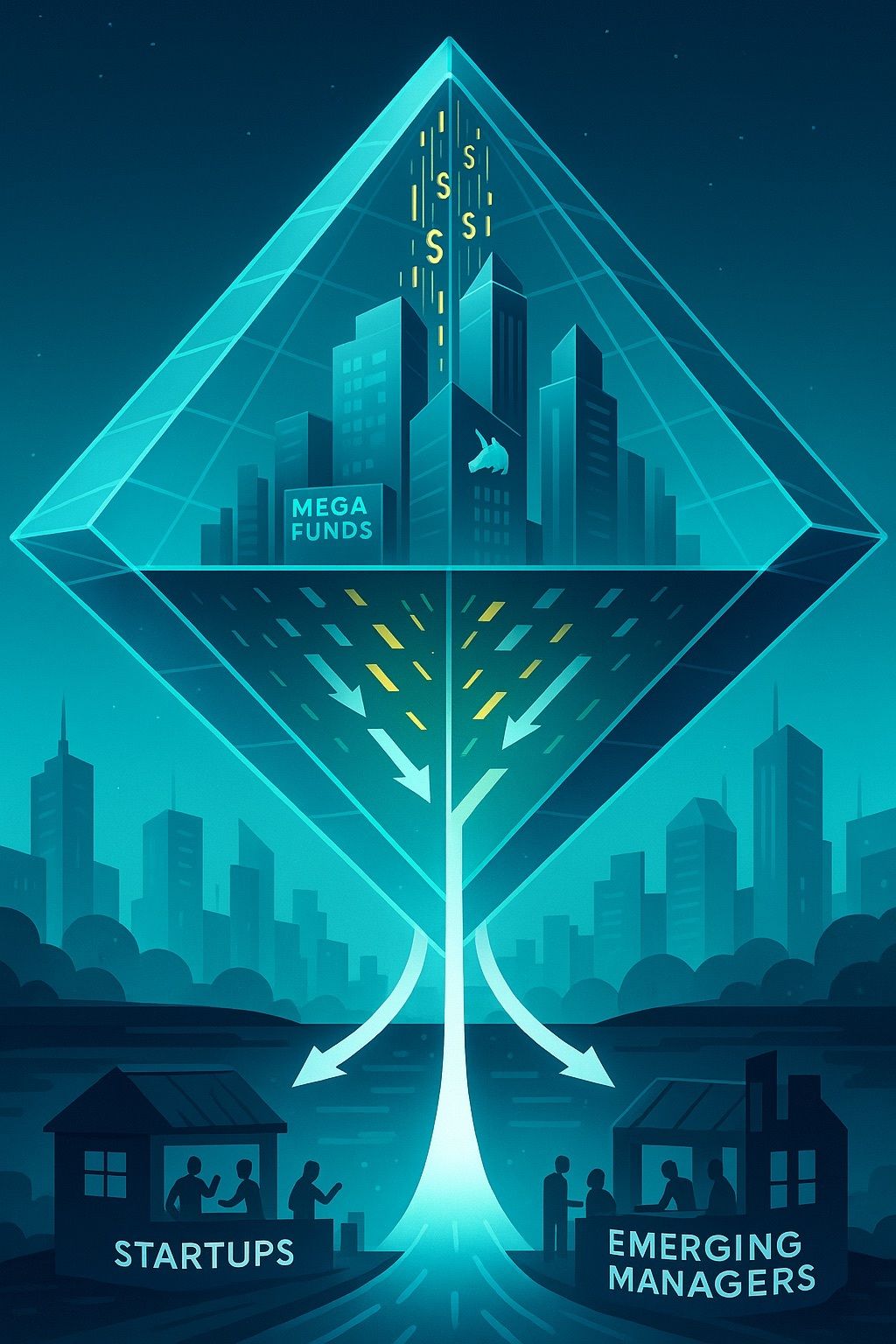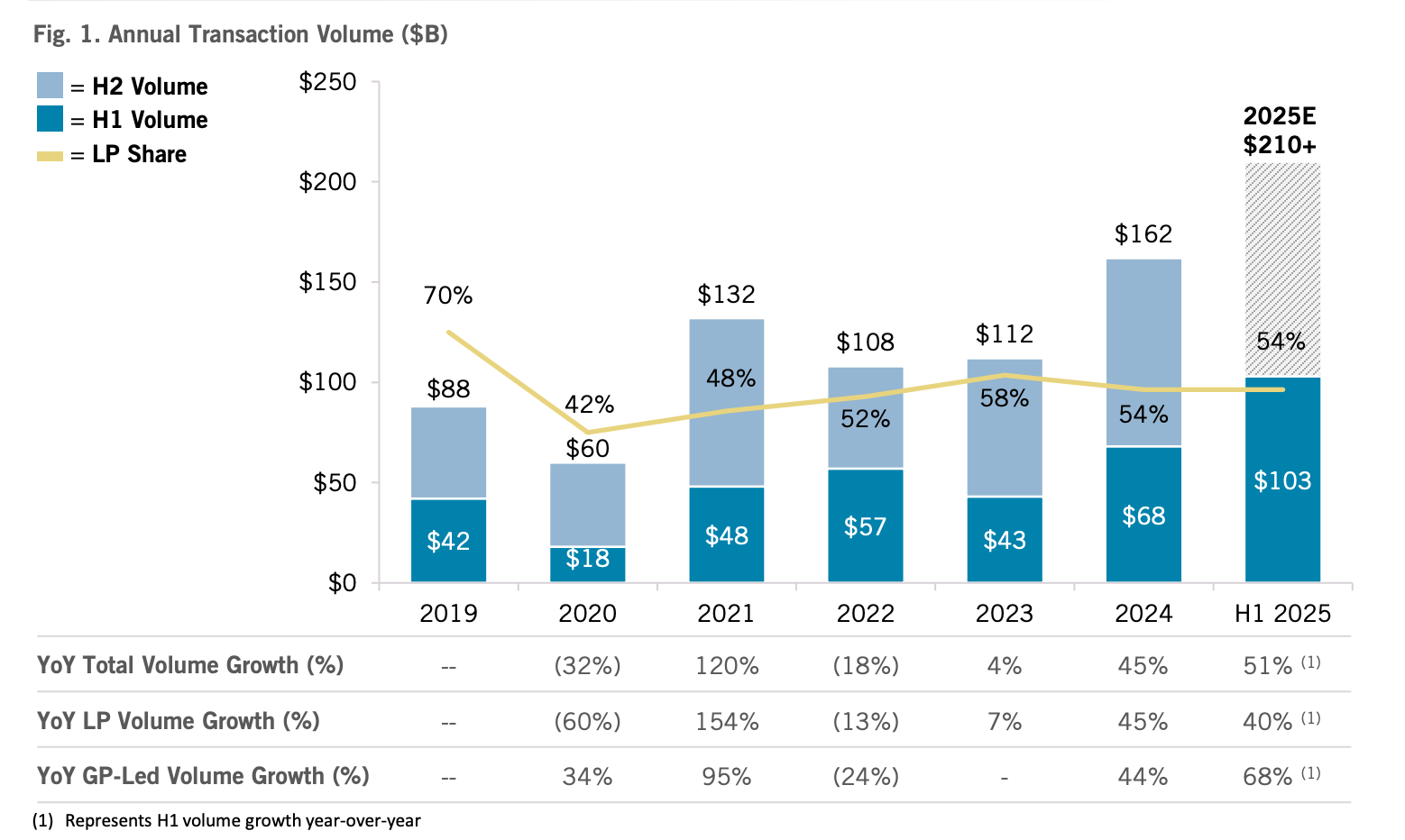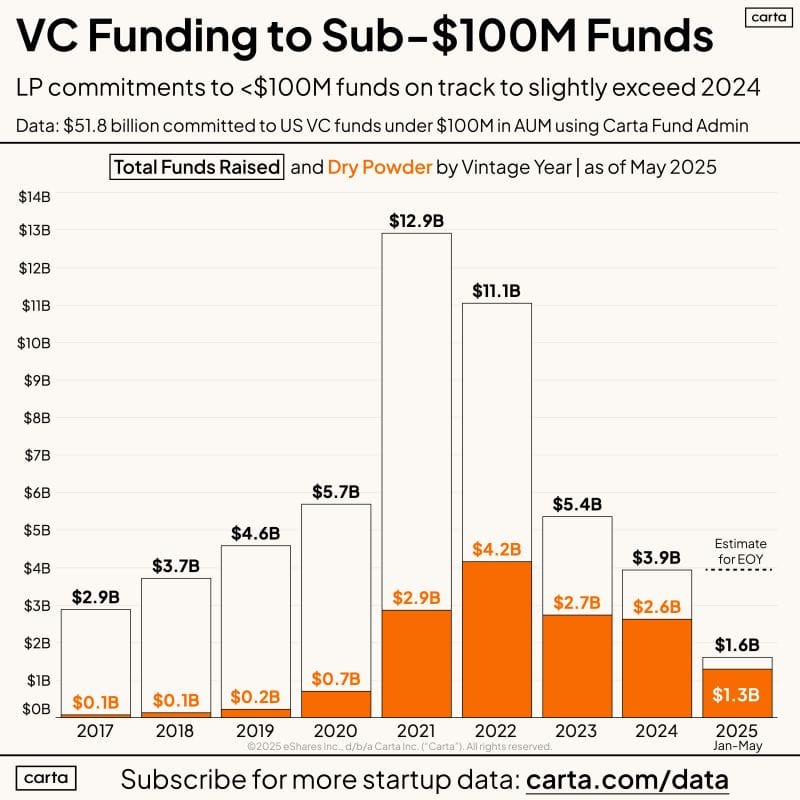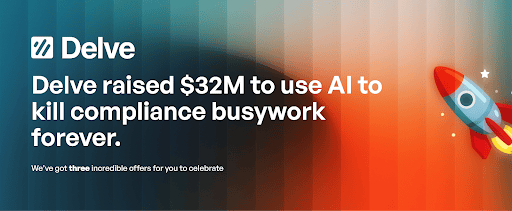- Trace Cohen's Vertical Ai Investor Newsletter
- Posts
- Unlocking Liquidity: Why Secondaries Are Reshaping Venture Capital
Unlocking Liquidity: Why Secondaries Are Reshaping Venture Capital
How liquidity solutions are strengthening LP flexibility, empowering founders, and keeping capital flowing across tech.

Over the past five years, the venture capital landscape has undergone a major transformation. At the center of that change is the growth of the secondaries market, a once-niche tool that has now become a pillar of the ecosystem. While this shift has triggered concern about capital concentration and a slowdown in early-stage funding, it's important to take a broader, more balanced view: secondaries, on the whole, are a net positive for the tech world.
Why Secondaries Matter Now
What began as a way for early employees and LPs to gain liquidity has matured into a robust and institutionalized market. The rise in GP-led continuation vehicles, tender offers, and structured liquidity solutions has created new flexibility across the board.
Here’s what the data shows:
Global secondary transaction volume is expected to exceed $210 billion in 2025, a massive increase from $60 billion in 2020.
LP-led share of that volume has declined to 54%, reflecting the growth of GP-led deals.
In H1 2025 alone, over $103 billion in volume has already been recorded, putting us on track for another record-breaking year.
GP-led volume in the first half of 2025 is up 68% year-over-year, driven by large funds, strategic recapitalizations, and late-stage value creation.
This expansion brings major benefits:
Liquidity for LPs: Helping endowments, pensions, and family offices rebalance or realize gains.
Flexibility for GPs: Enabling them to extend fund life or double down on winners.
Support for Founders and Teams: Tender offers increasingly include employee participation, which strengthens morale and retention.
Rather than siphoning capital away from innovation, secondaries are helping to recycle it within the tech ecosystem, creating a more dynamic, long-term oriented market.
Where the Tension Still Lies
That said, rapid growth and capital flows don’t come without risk. The maturity of secondaries does raise some important systemic concerns:
Opaque structures and stacked SPVs can create misaligned incentives.
High valuations for common shares with limited rights or protections.
Concentration risk when capital pools into a narrow set of well-known companies.
Fundamentals drift, reminiscent of the COVID/ZIRP era, where hype sometimes overtakes diligence.
This shit needs to be outlawed.
— hari raghavan (@haridigresses)
11:34 PM • Jul 22, 2025
However, unlike 2020–2021, most of the companies raising large secondary rounds today are legitimate businesses: they have meaningful revenue, real customers, and growing traction. The valuations may still be ambitious, but they’re rooted in stronger fundamentals.
Early-Stage Impact: Still a Concern
While secondaries are unlocking capital at the top of the stack, early-stage investing has cooled in parallel. This is a concern of mine as less capital is currently flowing to the early stages in the form of fewer deals being completed and emerging managers raising new funds.
Consider the data:
U.S. early-stage funding dropped from $242B in 2022 to $170B in 2023.
In 2024, just two firms accounted for 44% of all new U.S. VC capital raised.
VC fundraising in Israel fell 74% YoY in 2023, the lowest since 2015.
Carta reports that funds under $100M have seen total commitments decline from $12.9B in 2021 to $1.6B projected in 2025.
Emerging managers and founders at the seed stage are facing:
Longer fundraise cycles
Fewer lead checks
Limited follow-on capital
There’s no question that the flood of capital into secondaries creates relative scarcity at the bottom. But the solution isn’t to slow secondaries, it’s to educate LPs, build better early-stage platforms, and re-align incentives across the stack.
A Net Positive With Guardrails
Secondaries are good. They are making venture more liquid, more mature, and more professional. They give GPs more tools, LPs more options, and founders more flexibility.
The key is to maintain discipline:
Don’t revert to pandemic-era habits of investing based on brand and buzz alone.
Maintain standards for governance, structure, and pricing.
Build bridges between the late-stage liquidity boom and the early-stage innovation pipeline.
Because at its best, a healthy secondaries market can be the engine that powers durable innovation—not just at the top, but throughout the entire venture pyramid.
Let’s make sure the base stays strong too.
Time to change compliance forever.
We’re thrilled to announce our $32M Series A at a $300M valuation, led by Insight Partners!
Delve is shaping the future of GRC with an AI-native approach that cuts busywork and saves teams hundreds of hours. Startups like Lovable, Bland, and Browser trust our AI to get compliant—fast.
To celebrate, we’re giving back with 3 limited-time offers:
$15,000 referral bonus if you refer a founding engineer we hire
$2,000 off compliance setup for new customers – claim here
A custom Delve doormat for anyone who reposts + comments on our LinkedIn post (while supplies last!)
Thank you for your support—this is just the beginning.
👉️ Get started with Delve






Reply